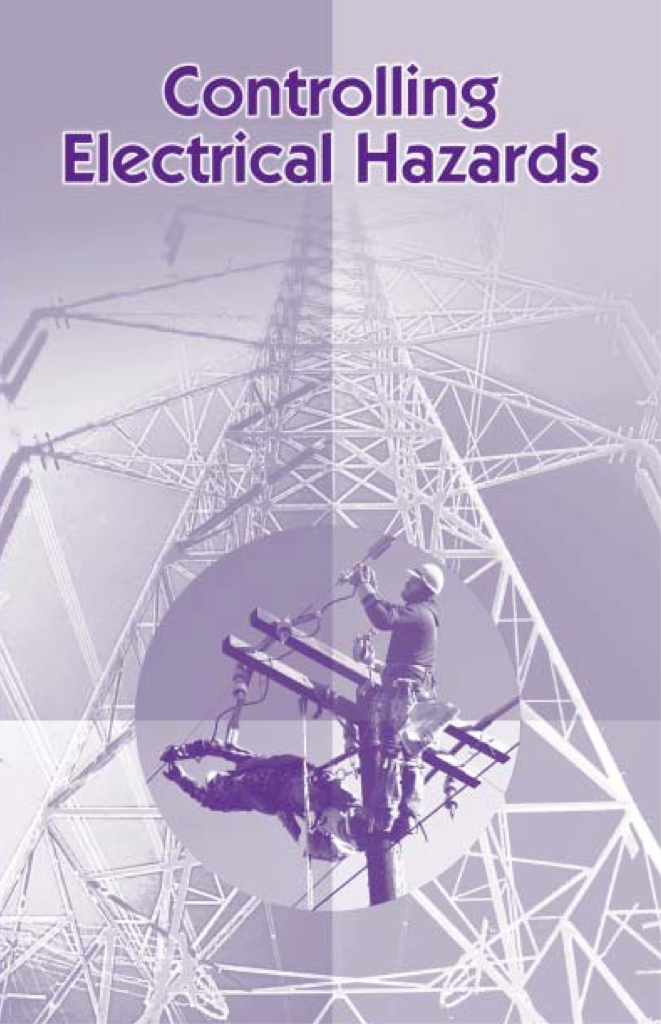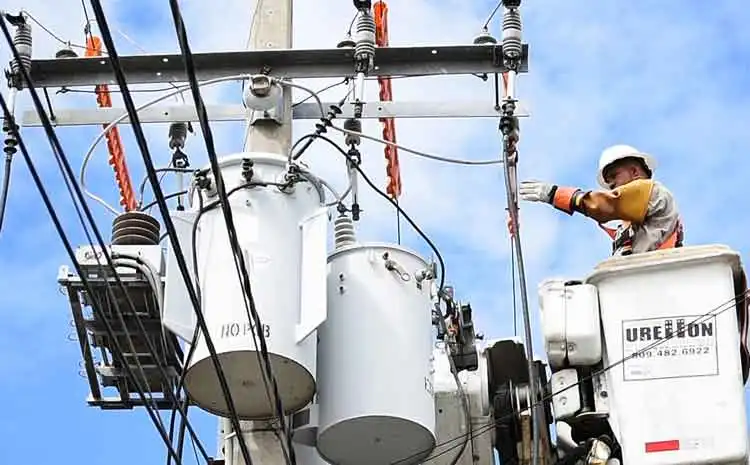Who needs arc flash training?
By R.W. Hurst, Editor

CSA Z462 Arc Flash Training - Electrical Safety Essentials
Our customized live online or in‑person group training can be delivered to your staff at your location.

- Live Online
- 6 hours Instructor-led
- Group Training Available
Download Our OSHA 3075 Fact Sheet – Understanding Electrical Hazards in the Workplace

- Learn the effects of electric current on the human body
- Understand OSHA safety standards and protective devices
- Discover essential lockout/tagout and grounding practices
Who needs arc flash training? Electrical engineers, electricians, maintenance technicians, and supervisors working on energized equipment require NFPA 70E instruction for OSHA compliance, PPE selection, hazard analysis, and lockout/tagout risk assessment.
Who Needs Arc Flash Training?
Workers exposed to electrical hazards must complete NFPA 70E arc flash training to meet OSHA requirements.
✅ Electricians, engineers, and EHS supervisors
✅ Personnel performing energized work tasks
✅ Staff selecting PPE and conducting risk assessments
Who needs arc flash training?
Arc flash training is required for any worker who installs, operates, maintains, or works near energized electrical equipment. This includes electricians, maintenance personnel, contractors, and other employees exposed to arc flash hazards under OSHA and NFPA 70E guidelines. For context on the risks these workers face, see our overview of arc flash hazards and typical incident scenarios.
Ensuring workplace safety involves providing comprehensive arc flash training. Deciding who needs this training depends on several factors. Generally, anyone working with or around electrical equipment should undergo arc flash training. OSHA also specifies certain job titles associated with higher risks of arc flash exposure. Ensuring these employees receive appropriate training is crucial for maintaining a safe work environment. Compliance details are summarized in OSHA arc flash requirements that clarify employer duties.
Visit Our NFPA 70E Arc Flash Training Course
Those seeking standards-based instruction can review our NFPA 70E arc flash training guide for prerequisite knowledge and learning objectives.
Visit Our CSA Z642 Arc Flash Training Course
For a broader overview across roles, explore our arc flash safety training resources covering fundamentals through advanced topics.
OSHA’s High-Risk Job Titles
OSHA identifies the following job titles as high-risk for arc flash exposure:
-
Blue Collar Supervisors
-
Electrical Engineers
-
Electrical Assemblers
-
Electrical Technicians
-
Electricians
-
Stationary Engineers
-
Industrial Machine Operators
-
Material Handling Equipment Operators
-
Mechanics and Repairmen
-
Riggers
-
Welders
These roles involve frequent exposure to electrical systems, increasing the likelihood of encountering arc flashes. Comprehensive training and access to proper personal protective equipment (PPE) are essential for these employees to perform their duties safely. Guidance on selecting garments, face shields, and boundaries is outlined in our arc flash protection section for practical reference.
Test Your Knowledge About Arc Flash!
Think you know Arc Flash? Take our quick, interactive quiz and test your knowledge in minutes.
- Instantly see your results and score
- Identify strengths and areas for improvement
- Challenge yourself on real-world electrical topics
Importance of Comprehensive Training
Employees in high-risk positions should receive detailed training on:
-
Identifying Potential Arc Flash Hazards: Understanding how and where arc flashes are likely to occur.
-
Using PPE: Proper selection and use of PPE to minimize injury risks.
-
Emergency Procedures: Steps to take in the event of an arc flash to ensure safety and minimize harm.
Program depth and frequency should align with documented arc flash training requirements to ensure consistency and audit readiness.
General Training for All Employees
While specific job roles require in-depth training, it is also important for all employees to have a basic understanding of arc flashes. General training should cover:
-
Arc Flash Basics: What arc flashes are and the dangers they pose.
-
Identifying Arc Flash Boundaries: Recognizing and respecting the designated safety zones around electrical equipment.
-
Reading Arc Flash Labels: Understanding the information provided on arc flash warning labels to stay safe.
This basic knowledge helps everyone in the facility stay out of danger zones and react appropriately to arc flash risks.
Implementing a Training Program
To effectively implement an arc flash training program:
-
Assess Your Workforce: Identify which employees fall into high-risk categories and which need general training.
-
Develop a Comprehensive Curriculum: Create detailed training modules for high-risk employees and simpler ones for general staff.
-
Regular Updates and Refreshers: Ensure training is ongoing and updated to reflect any changes in safety protocols or equipment.
Organizations can validate competency through recognized arc flash training certification pathways that document completion and proficiency.
Arc flash training is essential for maintaining a safe workplace. As identified by OSHA, high-risk employees require comprehensive training and access to proper PPE. Additionally, all employees should receive basic training to understand the risks associated with arc flashes and how to avoid them. Implementing a thorough training program helps protect everyone in the facility from the dangers posed by arc flashes.
Related Resources








